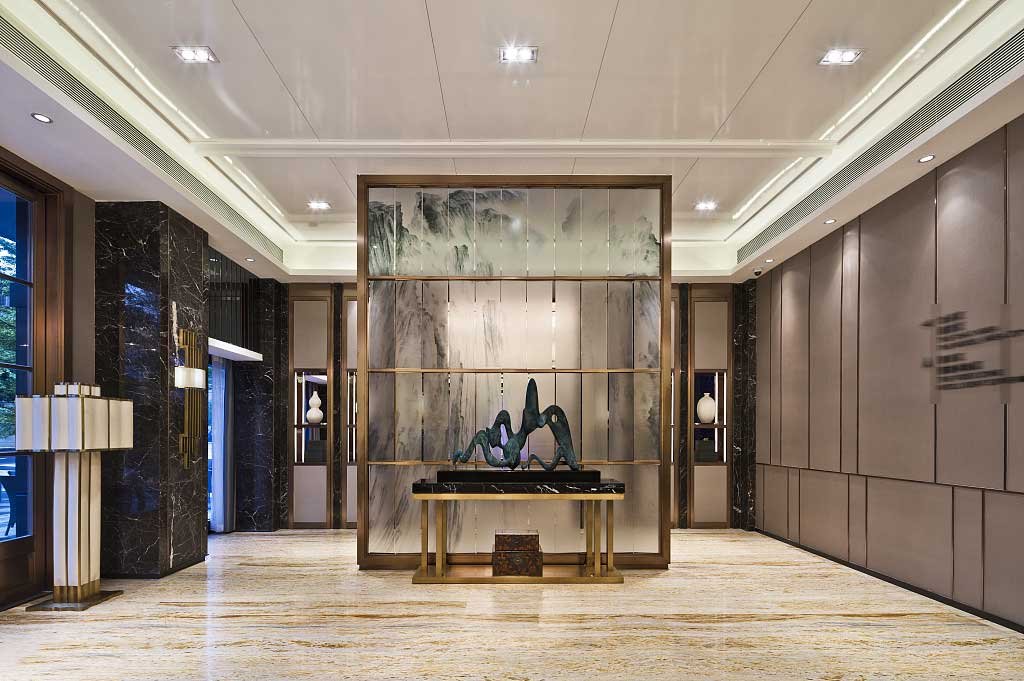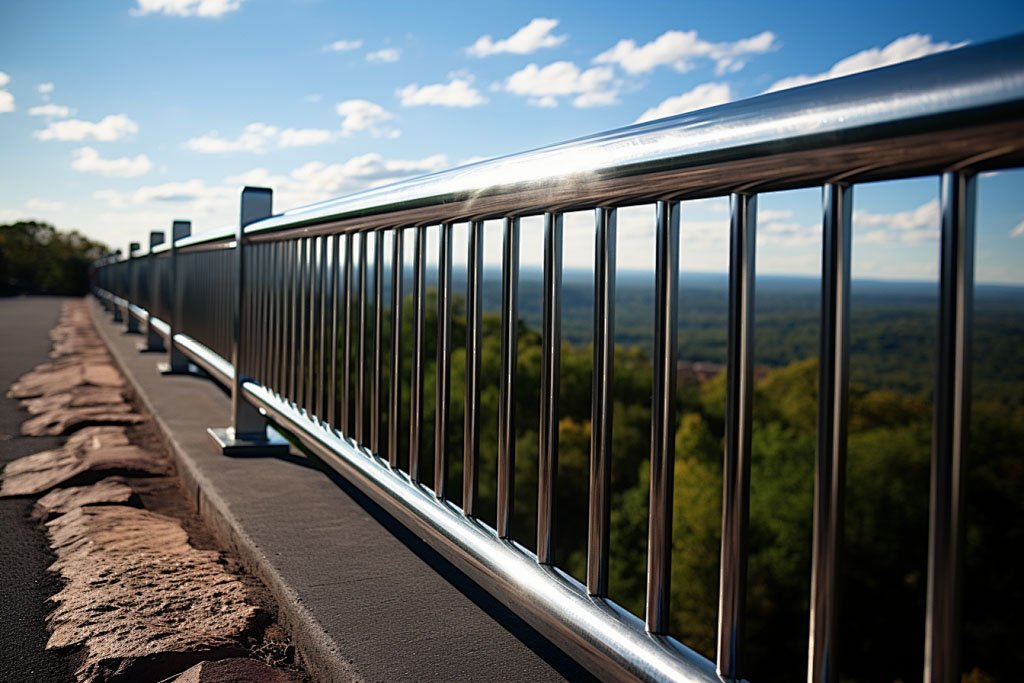Metal Expressions: The Artistic Side of Stainless Steel Sculptures
Table of Contents
Metal sculptures, an integral part of artistic expression throughout history, have evolved to incorporate various metals, each offering unique characteristics. This article focuses on stainless steel sculptures, delineating their definition, usage, material choices, and benefits, while providing an overview of other popular metal sculptures.
The Spectrum of Metal Sculptures
Metal sculptures come in various forms, crafted from metals like bronze, copper, iron, and stainless steel. Each metal lends its unique properties to the artwork:
Bronze Sculptures – Known for their historical and cultural significance, bronze sculptures offer a traditional aesthetic. They are favored for public monuments and historical figures.
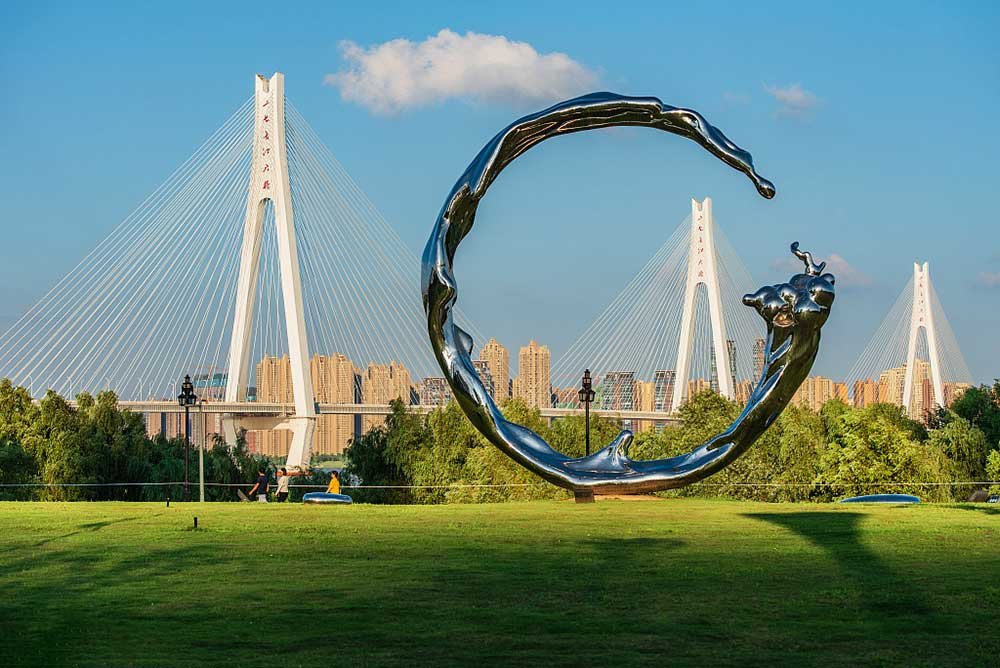
Copper Sculptures – Copper is praised for its natural patina that develops over time, giving sculptures an evolving appearance.

Iron Sculptures – Iron’s strength and malleability make it ideal for creating large, intricate pieces, often seen in contemporary art installations.
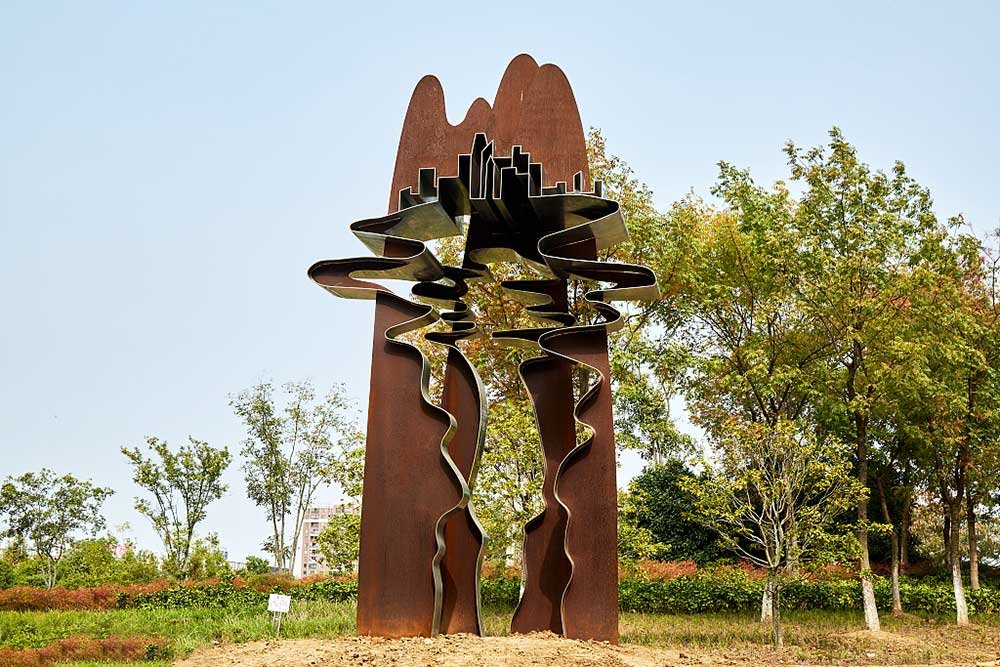
Stainless Steel Sculptures: A Modern Marvel
What is Stainless Steel Sculpture?
Stainless steel sculptures represent a modernist movement in metal art. Known for their sleek, reflective surfaces, they embody contemporary aesthetics and are increasingly favored for their versatility and durability.
Usage of Stainless Steel Sculptures
These sculptures are prominent in urban landscapes, corporate buildings, public parks, and art galleries. They range from abstract forms to realistic depictions, often serving as focal points in modern architectural designs.
Choosing the Right Stainless Steel Material and Thickness
When it comes to creating stainless steel sculptures, selecting the appropriate material is just as crucial as determining the ideal thickness. These choices significantly influence the sculpture’s durability, aesthetic, and structural integrity.
Considering Thickness for Design and Installation
The thickness of the stainless steel not only impacts the sculpture’s physical strength but also its ability to be shaped and finished. Factors influencing thickness choice include:
- Design and Form: The complexity and style of the sculpture play a significant role. For hyperbolic or intricate designs, the chosen material must allow for the necessary degree of bending and shaping without compromising structural integrity.
- Size and Scale of the Sculpture: Larger sculptures require a balance between structural support and manageability. Thicker materials may provide more strength but can also add to the weight and complexity of installation.
- Installation Method: The way the sculpture will be installed influences the thickness choice. Sculptures that are to be mounted or require complex support structures may need thicker material for additional stability.
Optimal Thickness for Workability
For practical purposes, stainless steel materials around 2.0 mm thick are often chosen for sculptures. This thickness strikes a balance between ease of forging and polishing, and the ability to hold shape and detail. It is sufficiently malleable for artistic manipulation yet robust enough to maintain form and resist environmental factors.
Material Selection Based on Environment
- Standard Stainless Steel (304#): This is the go-to choice for sculptures in general environments, offering robust resistance to various atmospheric conditions.
- Marine-Grade Stainless Steel (316#): For locations exposed to saline or chlorinated atmospheres, like coastal areas or regions with high rainfall, 316 # stainless steel is ideal due to its enhanced corrosion resistance.
Benefits of Choosing Stainless Steel Sculptures
Durability and Longevity
Stainless steel sculptures withstand time and elements with remarkable resilience. Their corrosion-resistant nature ensures longevity, making them a practical choice for both indoor and outdoor settings.
Aesthetic Appeal
The sleek, shiny surface of stainless steel brings a contemporary and sophisticated feel to sculptures. This material reflects light and surroundings, creating dynamic visual effects that change with the viewer’s perspective and lighting conditions.
Low Maintenance
Unlike other metals that may require regular treatment, stainless steel sculptures need minimal upkeep. They retain their appearance without the need for frequent cleaning or protective coatings.
Versatility in Design
The malleability of stainless steel allows artists to experiment with a range of styles, from intricate details to sweeping abstract forms. This versatility makes it a preferred medium for artists seeking to push the boundaries of metal art.c
Environmental Sustainability
Stainless steel is recyclable, aligning with eco-friendly art practices. Its long lifespan and recyclability make it a sustainable choice for environmentally conscious art installations.
The Process of Creating Stainless Steel Sculptures
Design and Conceptualization
The creation of a stainless steel sculpture begins with an artist’s vision. This phase involves sketching and model-making to finalize the design.
Material Selection and Preparation
Artists select the appropriate grade of stainless steel based on the sculpture’s intended location and desired properties.
Fabrication Techniques
Techniques like welding, cutting, and forging are employed to shape the stainless steel into the desired form. Advanced methods like laser cutting are also used for intricate designs.
Finishing Touches
The final steps involve polishing and finishing the sculpture to achieve the desired surface texture and sheen. This can range from a mirror-like finish to a brushed or textured appearance.
The Role of Stainless Steel Sculptures in Contemporary Art
Stainless steel sculptures have become synonymous with modern art, often used to make bold statements in public art installations. They reflect the current trends in architecture and design, seamlessly integrating with urban landscapes and modern interiors.
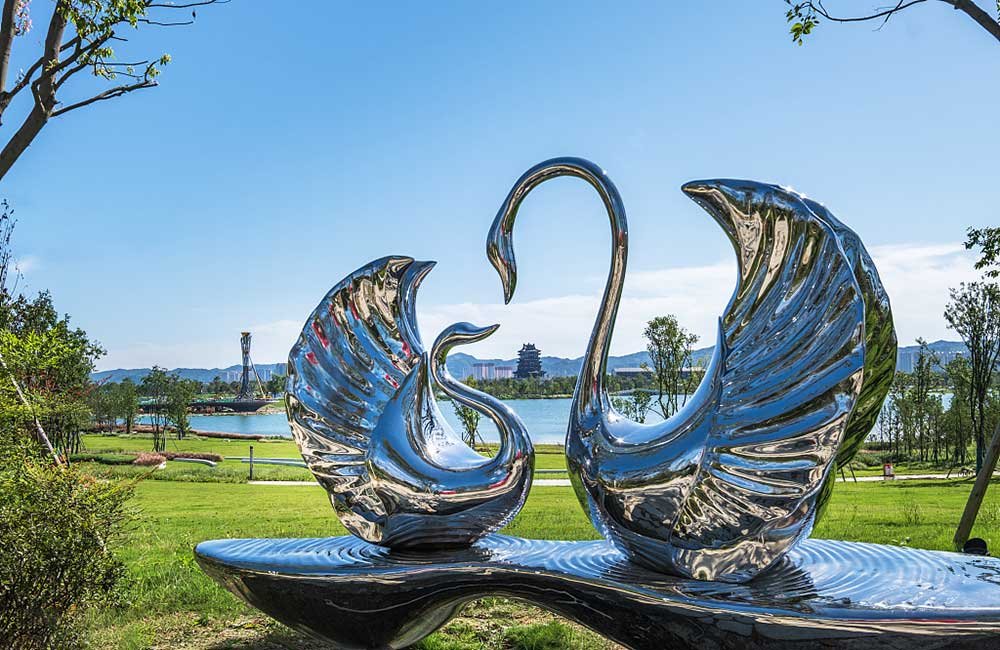
In Conclusion
Stainless steel sculptures, with their blend of aesthetic elegance, durability, and versatility, stand at the forefront of contemporary metal art. They offer artists and designers a medium that transcends traditional boundaries, allowing for innovative expressions in both public and private spaces. As art continues to evolve, the role of stainless steel in sculptural art is poised to expand, offering endless possibilities for creativity and design.
You Might Also Like
Please Share This
Follow Us On Twitter
On-site Installation of Stainless Steel Screen Partition
Precision-made. Professionally installed.
Transforming spaces with durable, elegant metal dividers.
📮DM us for custom design and project support.
#interiordecoration #metalpartition #roomdivider #sheetmetalfab
Café Design | A Sensory Collision of Metal and Coffee
This design is from BOUNDLESS SPACE DESIGN OFFICE
If you are interested in stainless steel decorative materials, please contact me for a quote !
Email: claire@jyfmetal.com
#interiordecoration #decorativematerials #metallic
Stainless Steel Fluted Panels & Skirting Boards
Clean lines, large size, premium finish — perfect for luxury interiors.
Custom colors, surface treatments, and dimensions available.
📩 DM us for catalogs or project solutions.
#flutedpanels #metalskirting

